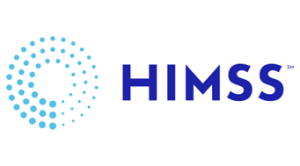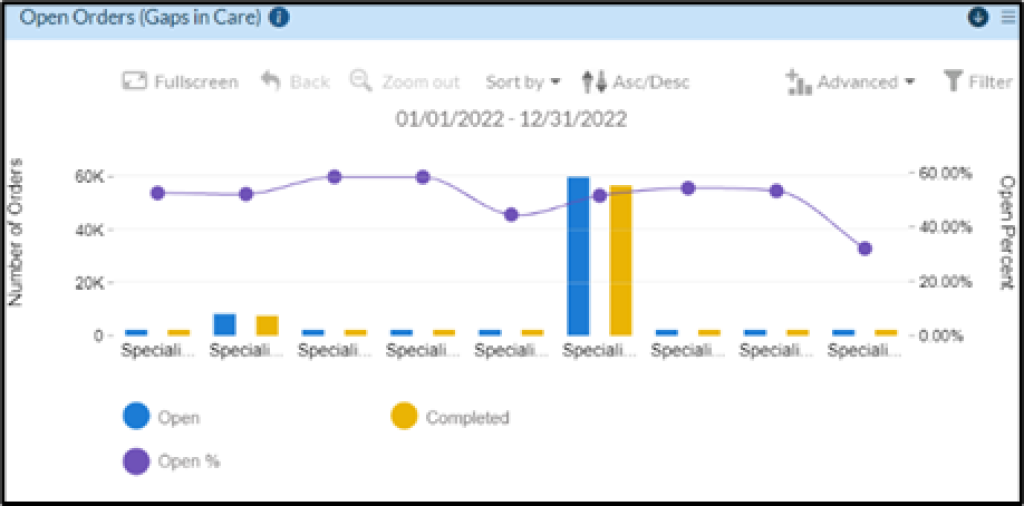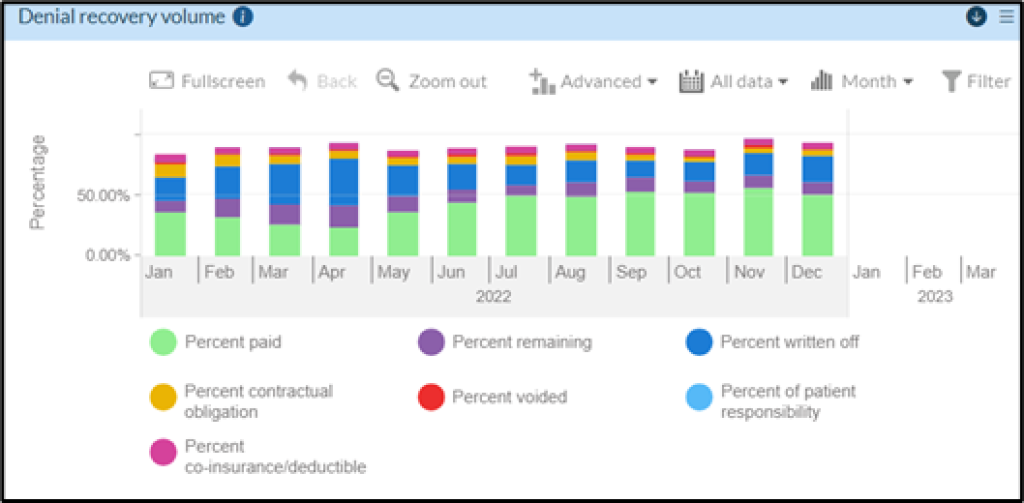
by Carrie Bauman
One of the main criticisms of conventional EHR dashboards is their inability to provide deep, actionable insights. These systems often offer a limited snapshot of patient data,which hinders clinicians ability to make fully informed decisions. For instance, vital signs might be easily accessible, but deeper insights such as patient trends over time or correlations between different health metrics are often missing. A study
by the Healthcare Information and Management Systems Society (HIMSS) revealed that 62% of healthcare professionals struggle with accessing comprehensive, real-time insights from their EHR systems, a deficiency that can directy affect the quality of patient care.

Without the integration of Artificial Intelligence (AI), EHR systems are significantly less capable of processing complex data sets or identifying subtle patterns that are crucial for predictive diagnostics and personalized treatment plans. AI-driven analytics are essential for leveraging large volumes of health data to predict patient trajectories and optimize treatment protocols, yet most traditional EHR dashboards lack these capabilities, relying instead on more straightforward, less predictive data handling techniques.
The absence of Machine Learning (ML) in traditional EHR systems means that these platforms do not offer proactive, guided steps based on data analysis. ML algorithms are adept at identifying patterns and making predictions that can be used to anticipate patient risks or optimize care paths, yet this potential is often untapped in many healthcare settings. For example, ML could be used to alert healthcare providers to patients who are at high risk of readmission, allowing for preemptive intervention.
Operational efficiency is crucial for the effective delivery of healthcare, yet many EHR systems focus exclusively on clinical data, neglecting the operational aspects that could improve efficiency and reduce costs. This includes data on resource utilization, staff allocation, and patient flow management. Integrating this type of data could lead to significant improvements, such as reducing patient wait times, which have been shown to improve overall patient satisfaction and clinic revenue.

The implementation of AI healthcare analytics can dramatically simplify the interpretation of complex datasets, translating vast amounts of disparate data into coherent, actionable insights. AI can enhance reporting and data management by as much as 45%, directly paving the way for monitoring, identifying, and seeking opportunities for revenue growth. By providing a more nuanced analysis of health patterns, AI-driven platforms can help clinicians make more informed decisions quickly and with greater confidence.
Machine Learning can provide actionable insights toward the resolution of numerous revenue cycle issues and operational inefficiencies, thus reducing the administrative burden on healthcare providers. For example, ML algorithms can improve the accuracy of medical billing processes, reducing claim denials by identifying and correcting erroneous entries automatically. This capability can increase the financial efficiency of healthcare institutions by ensuring that services are billed correctly and promptly.
Revenue Cycle Management (RCM) is vital for maintaining the financial health of healthcare facilities. An AI-driven revenue cycle analytics platform can dissect the RCM process into its core components, offering detailed insights and identifying inefficiencies. These insights can lead to targeted interventions that streamline billing and collections processes, thereby improving cash flow and reducing days in accounts receivable.

Operational analytics provided by advanced AI analytics platforms can offer deep insights into the daily workings of healthcare organizations. These insights can help healthcare facilities optimize everything from inventory management to staffing, which can lead to significant cost savings and improved patient care. Data-driven staffing solutions can reduce unnecessary labor costs by ensuring that staffing levels are aligned with patient care demands.

A superior analytics platform can also evaluate the performance of vendors and healthcare partners, ensuring that organizations can make informed decisions about which services to continue or modify. This analysis can help healthcare providers optimize their service delivery and reduce costs associated with underperforming vendors.
Advanced AI analytics platforms are particularly effective at identifying and stemming areas of revenue leakage. These systems can detect unbilled services, claim denials, or other discrepancies that lead to lost revenue. Addressing these issues can significantly boost the financial performance of healthcare organizations, improving the bottom line.
Interoperability is a significant challenge in EHRs, and AI-driven analytics platforms are increasingly designed to facilitate better data sharing across different systems and platforms. Improved interoperability can enhance clear visibility by ensuring that data flows seamlessly between healthcare leaders, revenue cycle staff, and the operations department. This integration can lead to a more coordinated care, an optimized healthcare revenue cycle and highly efficient operations. Improvements in each of these factors combine to lift operating profit.

The limitations of traditional EHR dashboards highlight the pressing need for more sophisticated, AI-driven analytics platforms in the healthcare sector. By leveraging these advanced technologies, healthcare providers can achieve greater operational efficiencies, enhance patient care, and ensure financial sustainability. As the data demands and the complexities of healthcare continue to increase, investing in innovative solutions is essential for any healthcare organization looking to future-proof its operations and provide superior patient care.


2424 North Federal Highway, Suite 205
Boca Raton, FL 33431